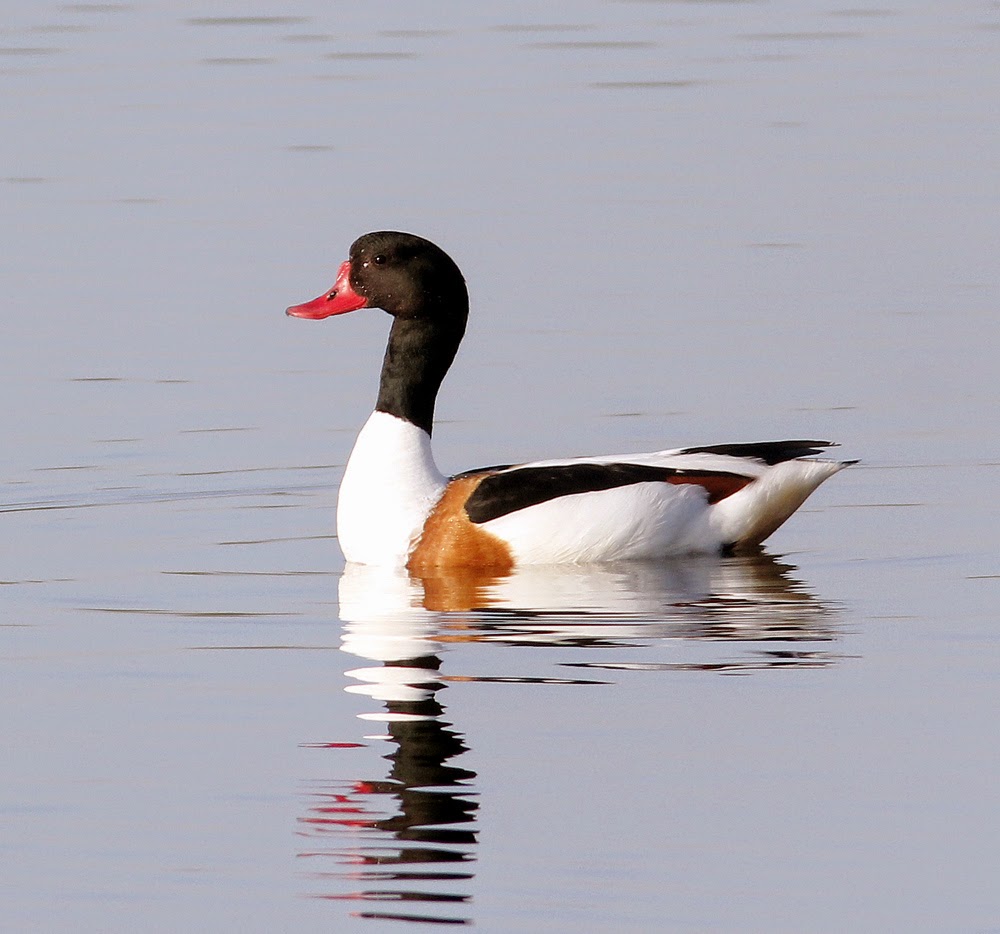A Kingfisher at Conder Green was the highlight of a very quiet morning, the blue and green flash narrowly beating yet another Barn Owl into second place.
Looking for early morning owls dictates a slow drive along the customary routes, one eye on the road the other eye looking left and right for a ghostly apparition gliding across summery fields and ditches. Luckily at 5am there’s not much rush hour traffic to delay and annoy. No luck though, with nary a Barn Owl glimpsed between home and Conder Green, just a single Kestrel at Head Dyke and then a Tawny Owl in the trees at Crimbles.
At Conder Green there was a good count of Redshank with 165+ birds in the creek, a number which in addition to migrants from elsewhere included a quartet of one day old chicks brooded by the female and watched over by a very vocal male. Two Common Sandpipers perhaps signifies the impending return of more.
Common Sandpiper
Redshank
A lazy and somewhat incomplete count produced the anticipated result of 5 Little Egret and 2 Grey Heron, 15 Oystercatcher, the 2 drake Wigeon, 12 Tufted Duck.
Kingfishers usually turn up here at the coast in July and August, probably from their breeding haunts just inland on the River Conder and Lancaster Canal, the Kingfishers then wintering hereabouts. So although one might be expected here soon, sighting one at the pool this June morning was a both pleasant and welcome surprise. The royal fisherman didn’t stay long but whizzed across the pool towards the unseen canal, the waterway which finishes half a mile away at Glasson Dock.
Kingfisher
A walk along the old railway towards Glasson manufactured another handful each of Redshank, Curlew, Lapwing and yet more Little Egrets, another four; what an amazing success story the Little Egret is in reconstructing its population in the UK.
Whitethroats were conspicuous this morning, at least 8 of them along the path, juveniles and adults, family parties keeping in visible and audible contact. There was also a Blackcap in song at the car park.
Blackcap
Whitethroat
Two Sedge Warblers along the same path, and at the tiny roadside reedbed adjacent the mini-roundabout, a still loudly singing Reed Warbler.
Heading back home via Jeremy Lane at 0930 a commotion from field-feeding Starlings made me look right, just in time to see a Barn Owl carrying prey fly across the road ahead of me but the owl heading out of sight towards buildings I do not know.
Back home while viewing the entrants for this year’s village scarecrow competition with our two granddaughters, we found a crow taking a drink plus the other “king”, King Elvis.
Scarecrow
Scary Elvis
Stay tuned to Another Bird Blog. It looks as though we may get one more day from this fine spell of weather before the heavens open.
Linking today to Stewart's World Bird Wednesday and Theresa's Thursday Fences.
Linking today to Stewart's World Bird Wednesday and Theresa's Thursday Fences.





























































.jpeg)



.jpg)












